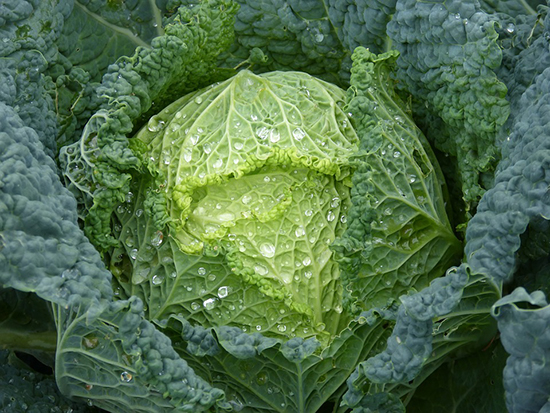
May 26, 2014 | Edibles, Garden Pest Control
Called Cabbage Loopers, the larva of this caterpillar actually enjoys feasting on cabbage, broccoli, brussels sprouts, cauliflower, kale, collards, etc.—as well as lettuce, spinach, beans, peas, celery, parsley, parsnips, radishes, potatoes, and tomatoes.Large holes...

May 26, 2014 | Edibles, Garden Pest Control
Blossom End Rot is a consequence of a calcium deficiency of a plant, affecting tomatoes, melons, cucumbers, squash, and peppers. Blossom End Rot doesn’t spread between plants and isn’t a condition that can be corrected by using pesticides or fungicides....

May 26, 2014 | Edibles, Garden Pest Control
When you look up Tomato Blight on the internet, what you’ll usually run into are long University papers and articles relating to crops. It’s a little difficult to sort through and find the information pertinent to your patio tomato or a few tomato plants...

May 16, 2014 | Garden Pest Control, Shrubs, Trees & Vines
In spring, many arborvitaes have sustained damage after a harsh winter. The cold, sun and freeze-thaw pattern can combine in various ways to kill off some leaves. Before you assume the damage is winter damage, take a closer look at your arborvitae. How can I...

Apr 21, 2014 | Annuals, Edibles, Garden Pest Control
What Do They Look Like? – Aphids are tiny, soft, pear-shaped insects that come in a variety of colors (i.e. white, gray, pink, green, black). There are thousands of species, hence the differences in color. Not all aphids have wings, but some do, although the...

Mar 27, 2014 | Garden Pest Control
Watch for powdery mildew! When to look for it – This white, powdery-looking stuff usually appears on leaves starting in July. Some of the most commonly hit plants are Phlox, Bee Balm, Heliopsis, Zinnias, and Lilacs. Why it happens – Powdery mildew thrives...







